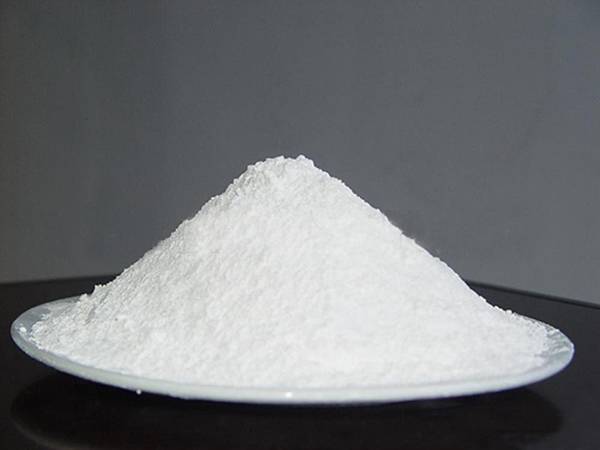



chlorite and chloride
Understanding Chlorites and Chlorides Their Importance and Applications
Chlorites and chlorides are two important chemical compounds that play significant roles in various industries and environmental processes. Although their names are similar, they have distinct properties, compositions, and applications that are valuable in fields ranging from chemistry to environmental science.
Definitions and Chemical Structure
Chlorites are salts or esters derived from chlorous acid (HClO2). The most commonly encountered chlorite is sodium chlorite (NaClO2), which is utilized primarily as a bleaching agent and disinfectant. The chlorite ion (ClO2-) features a chlorine atom bonded to two oxygen atoms, one of which is in a double bond. This structure gives chlorites unique oxidative properties, making them effective in various industrial applications.
On the other hand, chlorides are salts formed from hydrochloric acid (HCl) and contain the chloride ion (Cl-). Chlorides can be found in a variety of forms, including sodium chloride (common table salt), potassium chloride, and calcium chloride. Chlorides are essential in chemical processes, serving as important electrolytes in biological systems and as key components in numerous industrial applications.
Applications in Industry and Environment
Both chlorites and chlorides have widespread applications across several industries. Sodium chlorite, for instance, is commonly used in water treatment processes to purify drinking water and to control odors in municipal water systems. Its ability to release chlorine dioxide (ClO2), a powerful disinfectant, makes it particularly useful for eliminating harmful microorganisms and bacteria in water supplies.
In the paper and pulp industry, sodium chlorite is often employed as a bleaching agent due to its ability to whiten paper products while being less harmful to the environment compared to traditional chlorine-based bleaches. This makes chlorites an attractive alternative for manufacturers aiming to meet stringent environmental regulations.
chlorite and chloride

Chlorides, especially sodium chloride, play a crucial role in food preservation and flavoring. Table salt is indispensable in households and restaurants, not only for taste but also for its preservative properties. Additionally, calcium chloride is commonly used as a deicer for roads in winter, helping to melt ice and improve safety for drivers.
In agriculture, chlorides are vital as fertilizers and soil amendments. Potassium chloride, for example, is a significant source of potassium, an essential nutrient for plant growth. This compound facilitates various physiological processes in plants, contributing to higher yields and improved crop quality.
Health and Environmental Considerations
While chlorites and chlorides have valuable applications, it is essential to consider their health and environmental impacts. Sodium chlorite can produce chlorine dioxide, which, in high concentrations, can be harmful to human health and the environment. Therefore, it must be used cautiously and in appropriate concentrations to minimize risks.
On the other hand, excessive chloride levels can lead to environmental issues such as saline intrusion in freshwater systems and harmful effects on aquatic life. Monitoring chloride concentrations in water bodies is crucial for maintaining ecological balance and ensuring the health of ecosystems.
Conclusion
In summary, chlorites and chlorides are essential chemical compounds with diverse applications in industry, agriculture, and environmental management. Their unique properties enable them to function as disinfectants, bleaching agents, preservatives, and fertilizers. However, responsible management and usage are critical to mitigate potential health risks and environmental impacts. As we continue to explore the functionalities of these compounds, it is vital to pursue sustainable practices that leverage their benefits while safeguarding public health and the environment. By fostering a deeper understanding of chlorites and chlorides, industries can innovate solutions that advance efficiency and ecological responsibility.
-
Why Sodium Persulfate Is Everywhere NowNewsJul.07,2025
-
Why Polyacrylamide Is in High DemandNewsJul.07,2025
-
Understanding Paint Chemicals and Their ApplicationsNewsJul.07,2025
-
Smart Use Of Mining ChemicalsNewsJul.07,2025
-
Practical Uses of Potassium MonopersulfateNewsJul.07,2025
-
Agrochemicals In Real FarmingNewsJul.07,2025
-
Sodium Chlorite Hot UsesNewsJul.01,2025










